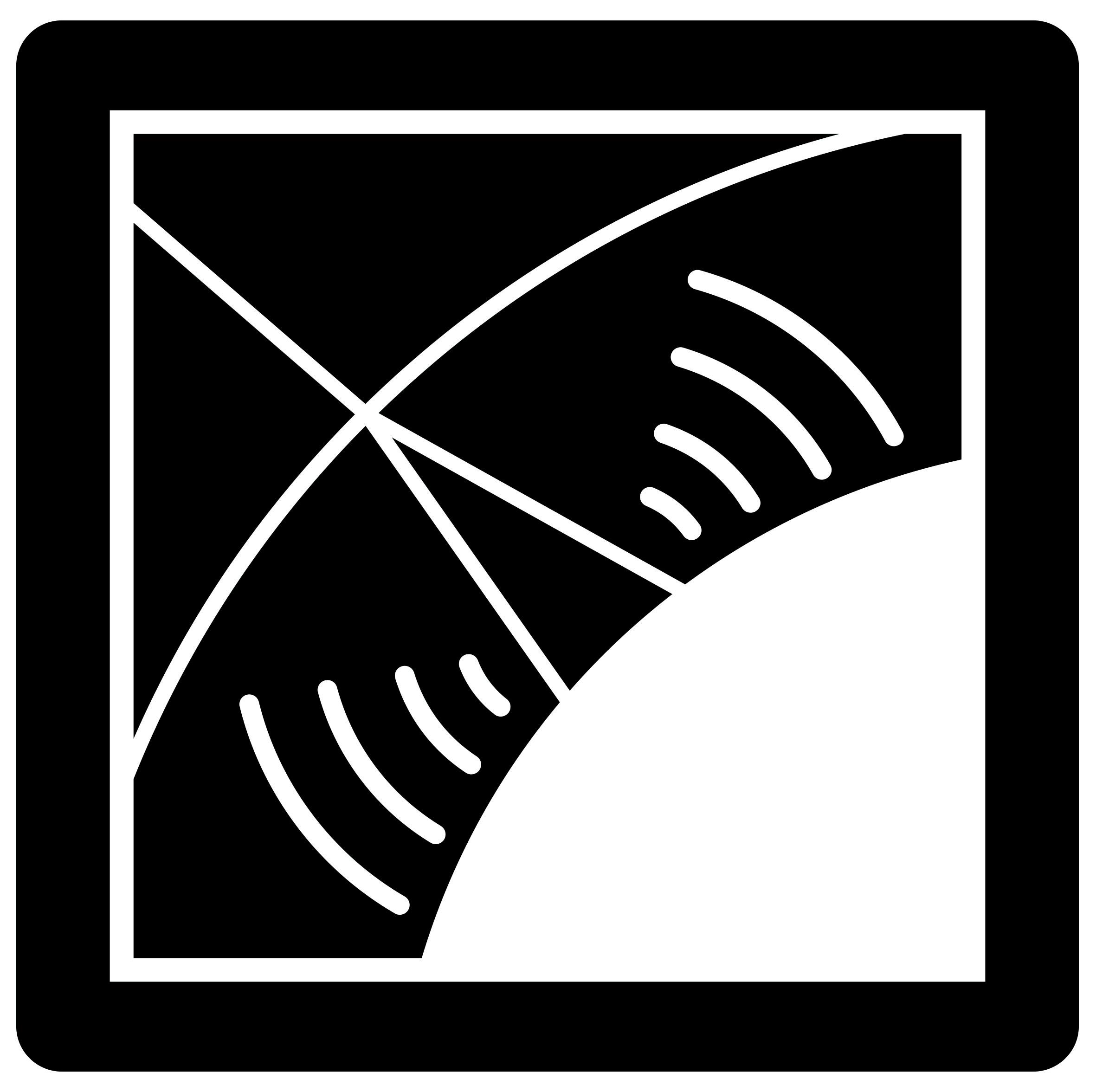EXTASIS
The EXTASIS experiment aimed to re-investigate the [1-10] MHz band, and to study the so-called “Sudden Death” contribution, the expected radiation electric field created by the particles that are stopped upon arrival to the ground.
 An EXTASIS low frequency antenna on its 9 m high post.
An EXTASIS low frequency antenna on its 9 m high post.
The devices were classical Butterfly antennas at 9 m high, a dual polarization (East-West and Vertical, since the SDP is expected to be also vertically polarized) active antenna using a bow-tie shaped rod as radiating element, with an adapted low noise amplifier to the band [2 − 6] MHz.
Two antennas were directly triggered and digitized by the scintillator array acquisition system while 5 other low frequency antennas were featuring independent, on board acquisition system (alike the autonomous stations) but receiving triggers distributed over an Ethernet network.
The EXTASIS apparatus has been developed since 2014, commissioned in 2016 and decommissioned in 2019. Main results are published in these two contributions:
A.Escudie et al., 36th International Cosmic Ray Conference, Jul 2019, Madison, WI U.S.A. PoS(ICRC2019)246
D. Charrier et al., Astroparticle Physics 113 (2019) 6–21
